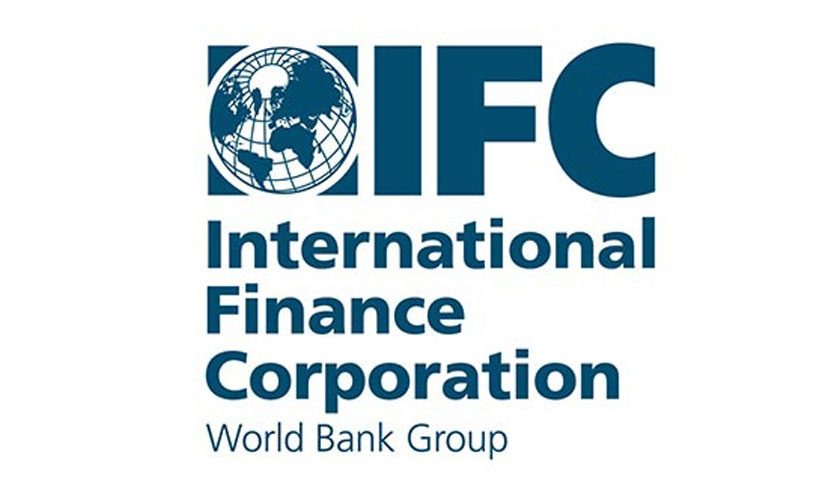IFC has issued the world’s first guidance to help investors, financiers, companies, and governments identify investments that protect and rehabilitate biodiversity and ecosystems.
The Biodiversity Finance Reference Guide is the first market framework for biodiversity finance, a fast-growing domain of green finance that aims to support activities that conserve and restore biodiversity and ecosystem services. While the market has increasingly expressed interest in these types of investments, it has lacked criteria for eligible projects. IFC’s guide addresses this gap by providing an indicative list of investment projects, activities, and components that help protect, maintain, or enhance biodiversity and ecosystem services, as well as promote sustainable management of natural resources.
“Protecting and restoring biodiversity and ecosystems is critical to ensuring sustainable economic growth,” said Makhtar Diop, IFC’s Managing Director. “It is also a key component of our response to climate change mitigation, resilience, and adaptation. The private sector has a central role to play in these efforts. This guide is a compass for businesses and investors seeking to align their activities with the goals of sustainable growth and a healthy planet.”
The Guide builds on IFC’s experience in setting global standards for green bonds and blue finance, and enumerates specific activities that positively contribute to biodiversity. Among other recommendations, it advocates addressing certain infrastructure needs with nature-based rather than manmade solutions, such as constructing mangroves, wetlands, green roofs, and raingardens. This approach offers a cost-effective way of building resilience and adapting to the physical impacts of climate change and contributes toward emissions reductions to meet the goals of the Paris Agreement.
More than half of the world’s GDP is generated in industries that depend on nature and its services. Yet economic activity has resulted in dramatic disappearance of species, with some 70% of biodiversity being lost in the last 50 years. This degradation of natural foundations presents a risk to livelihoods, health, economies, and achieving climate goals. Nature-smart investments are particularly important in emerging markets, where economies have a particular reliance on natural capital and stand to bear the brunt of economic damages from biodiversity loss.
IFC partnered with the Wildlife Conservation Society for an external expert review of the Guide. The Guide also benefited from inputs from the public and private sector, academia, international organizations, civil society representatives, and individuals during a public comment period. The publication will continue to evolve as the market for biodiversity finance develops and matures.
This reference guide was developed in partnership with the Green Bond Technical Assistance Program (GB-TAP), a multi-donor program managed and administered by IFC to promote green bond issuance from emerging-market financial institutions. The GB-TAP is funded by the Swiss State Secretariat for Economic Affairs, the Swedish International Development Cooperation Agency, and the Ministry of Finance of Luxembourg. This guide was made possible in part by the partnership with the Ministry of Foreign Affairs of the Netherlands.

